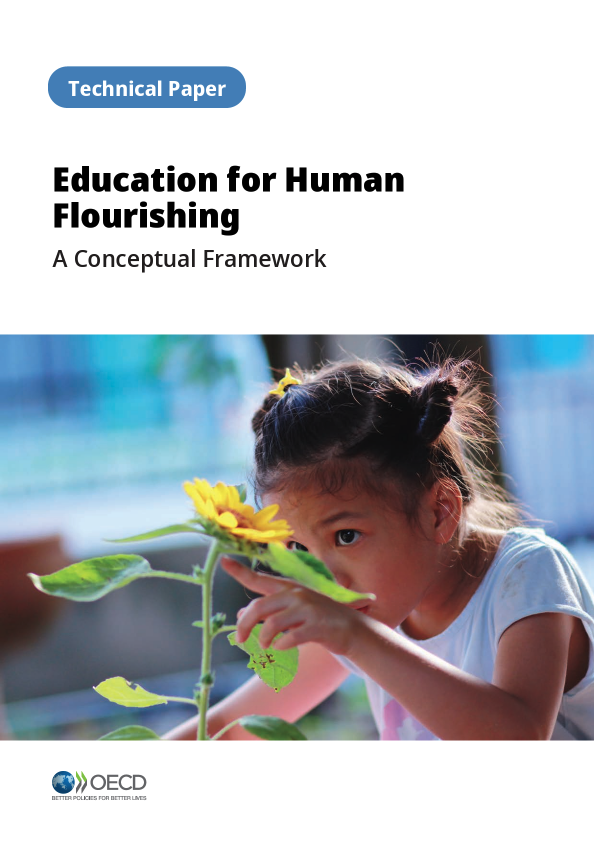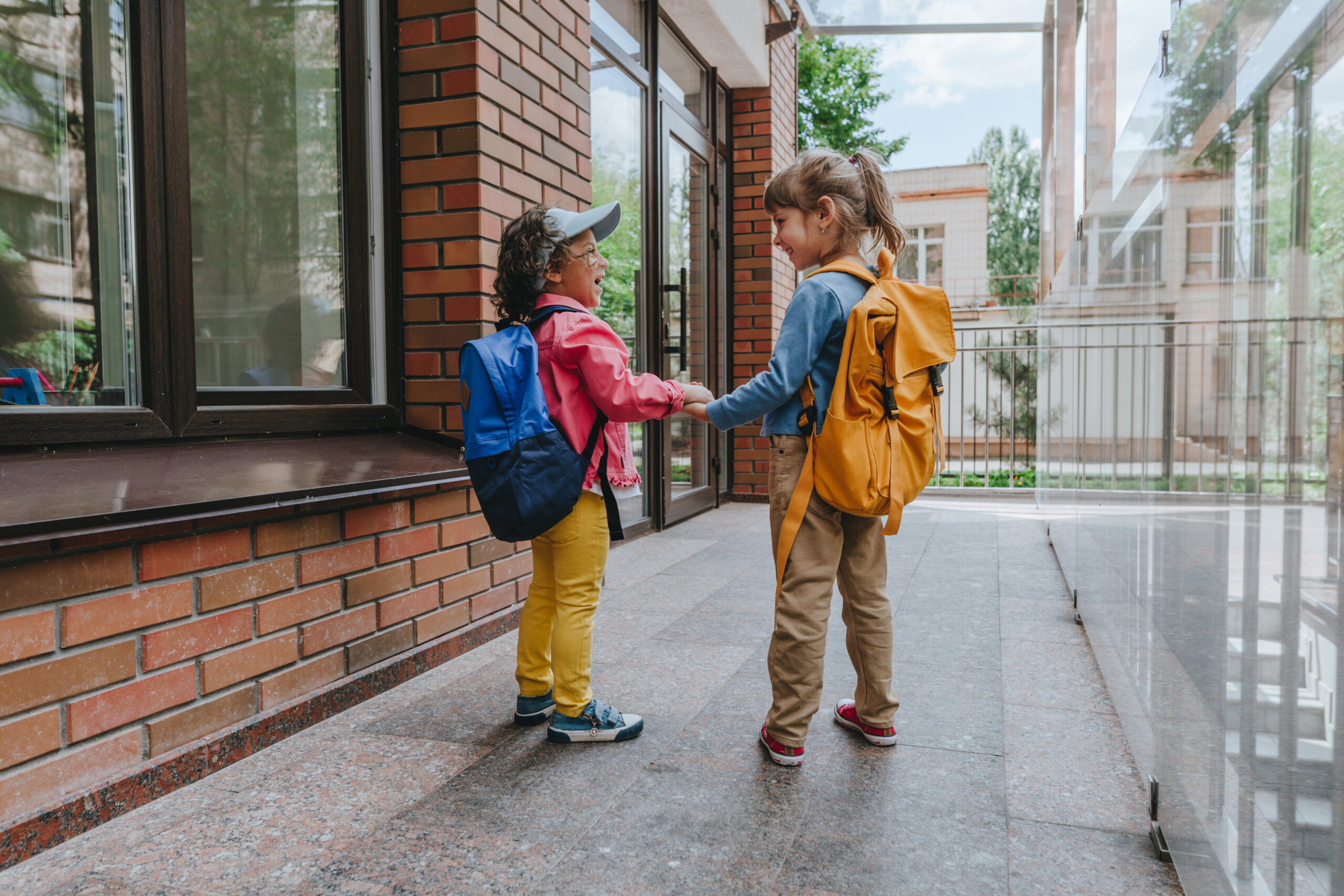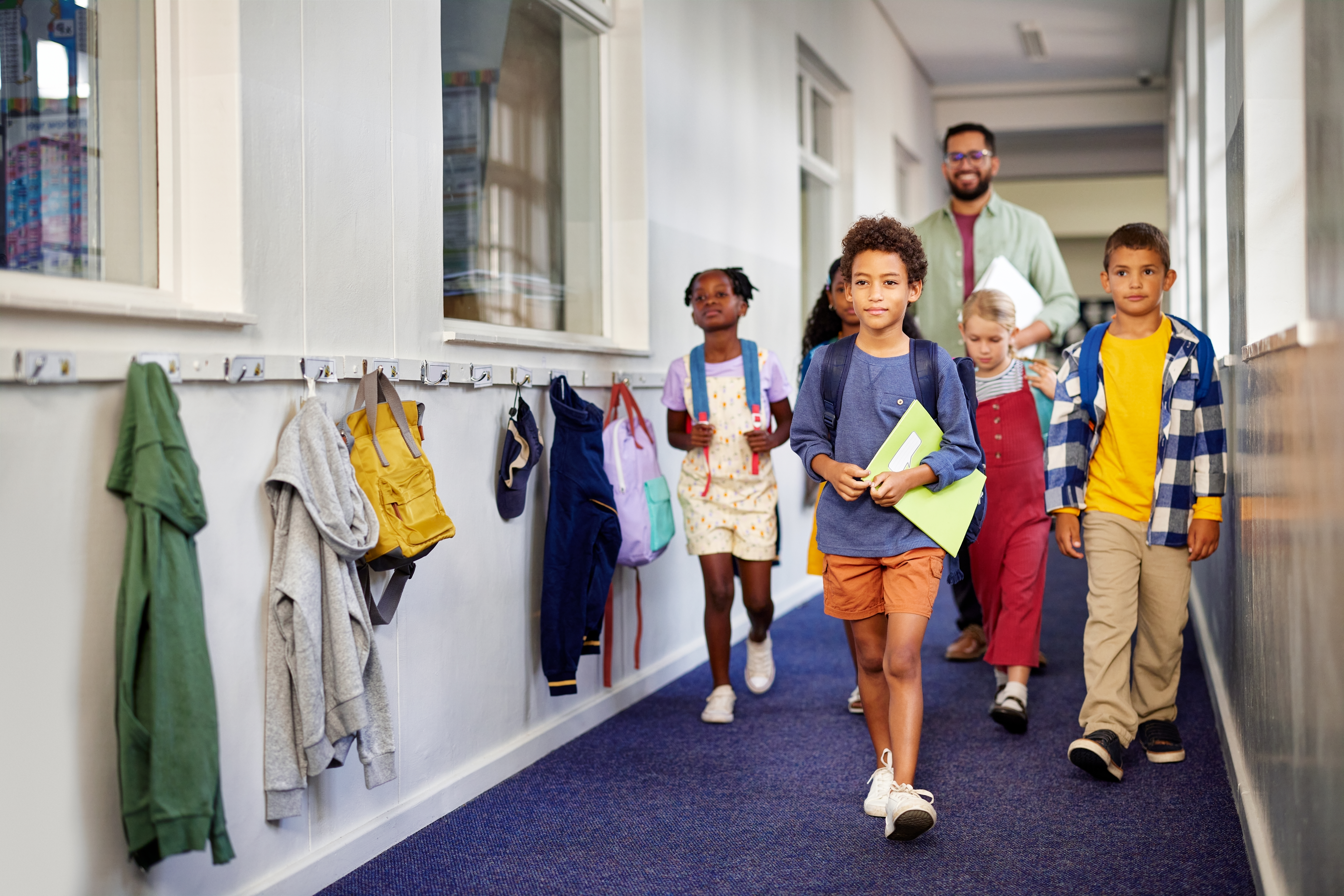Online lessons. Food drop-offs. Zoom mental-health counseling. Since state officials closed schools in response to the COVID-19 pandemic, district leaders across the country have quickly developed new approaches to ensure that students continued their education and that schools continued to provide students with meals and support to meet their social and emotional needs. Although some traditions—like senior proms—had to be curtailed, districts are doing their best to make sure that learning and development do not stop.
Though the approaches vary, depending on the local context, they all reflect the ideas emphasized in NCEE/NISL’s district supports: systemic and strategic thinking. And they reflect what the superintendents had learned from their research into the policies and practices of top-performing jurisdictions. They are tapping teachers’ expertise and giving them opportunities to exercise leadership, and they are maintaining high expectations for learning for all students.
While the district leaders are proud of what they have done and how educators, parents, and students have stepped up and responded to the difficult circumstances, they nevertheless have faced some challenges. Some changes in policy, such as grading, have proven controversial. And the shift to an online world has laid bare the glaring inequalities in American education, where some students have access to a wealth of resources while others struggle.
To be sure, the future of schools remains uncertain. It is unclear when schools will be able to reopen, and when they do, under what circumstances. Some top-performing jurisdictions, which have already started to reopen their schools, can point the way. But district leaders are convinced that the lessons learned during the COVID-19 pandemic will endure, and that education in the next few school years will reflect a “new normal.”





